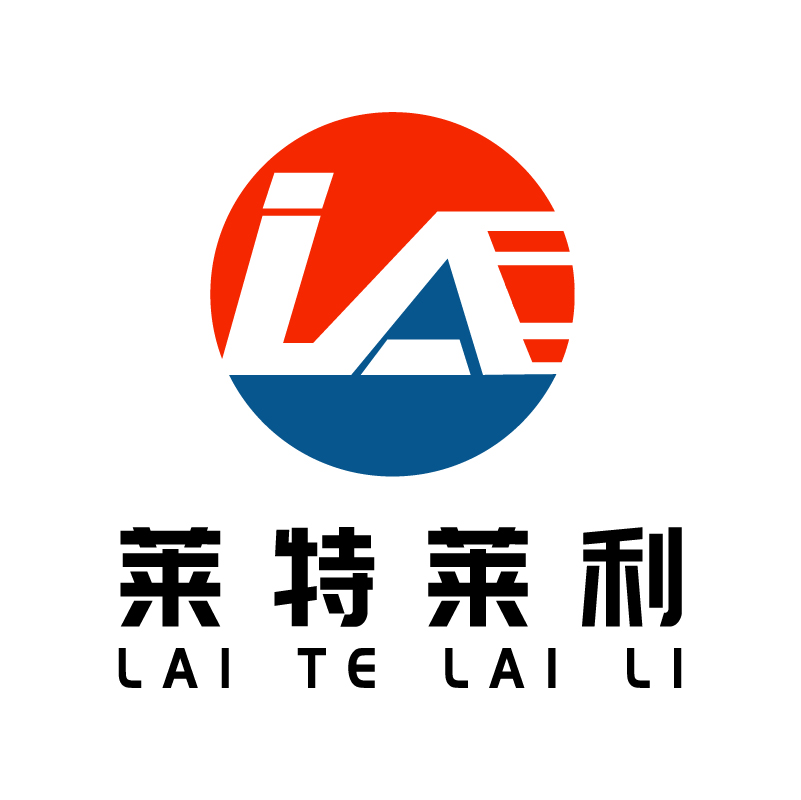Development of BOPP synthetic paper industry in North China
The development of BOPP synthetic paper industry in North China can be summarized from the following aspects:
1. Industry scale and growth
As one of the important economic regions in China, North China also occupies a certain market share in the BOPP synthetic paper industry. With the growth of demand for high-quality and environmentally friendly packaging materials in downstream packaging, printing and other industries, the scale of BOPP synthetic paper industry in North China continues to expand. However, the specific market size and growth rate data may vary depending on the statistical caliber and time node, it is recommended to refer to the latest industry reports or official statistics.
2. Industrial chain and supply chain
North China's BOPP synthetic paper industry chain is relatively complete, covering raw material supply, production and processing, sales and other links. Upstream raw materials such as polypropylene (PP) mainly rely on the supply of large domestic petrochemical enterprises, but also some imports. The midstream production and processing link gathers a group of enterprises with a certain scale and technical strength, which constantly improve product quality and production efficiency through the introduction of advanced equipment and technology. The downstream sales link is for packaging, printing and other industries, and market demand continues to grow.
3. Technological innovation and R&D
As market competition intensifies and downstream industries increase demand for high-end, functional BOPP synthetic paper, BOPP synthetic paper enterprises in North China continue to increase technological innovation and research and development investment. Through the introduction of advanced technology and management experience at home and abroad, combined with market demand and their own actual situation, developed a series of high-performance, environmentally friendly BOPP synthetic paper products with independent intellectual property rights. These products have significant advantages in moisture-proof, mildew proof, bacteria proof, antistatic and so on, and are widely used in the packaging of food, medicine, electronic products and other fields.
4. Market competition pattern
The competition pattern of BOPP synthetic paper market in North China is more fierce, involving many enterprises and brands. These enterprises in product quality, price, service and other aspects of fierce competition, and constantly improve their competitiveness. At the same time, with the enhancement of environmental awareness and the popularization of the concept of sustainable development, more and more enterprises begin to pay attention to the environmental performance and sustainable development of products, which also brings new development opportunities and challenges for the entire industry.
5. Policy environment and development opportunities
The government of North China attaches great importance to the cause of environmental protection and sustainable development, and has introduced a series of policy measures to support the development of environmentally friendly materials industry, including BOPP synthetic paper. These policy measures provide a good policy environment and development opportunities for BOPP synthetic paper enterprises in North China. At the same time, with the enhancement of global environmental awareness and the continuous development of international trade, BOPP synthetic paper enterprises in North China also have the opportunity to expand the international market and achieve larger scale development.
In summary, the BOPP synthetic paper industry in North China has shown a positive development trend in terms of scale, industrial chain, technological innovation, market competition and policy environment. However, it is also necessary to note the existence of challenging factors such as fierce competition within the industry and changes in market demand, and enterprises need to continuously improve their competitiveness to adapt to market changes and development needs.


